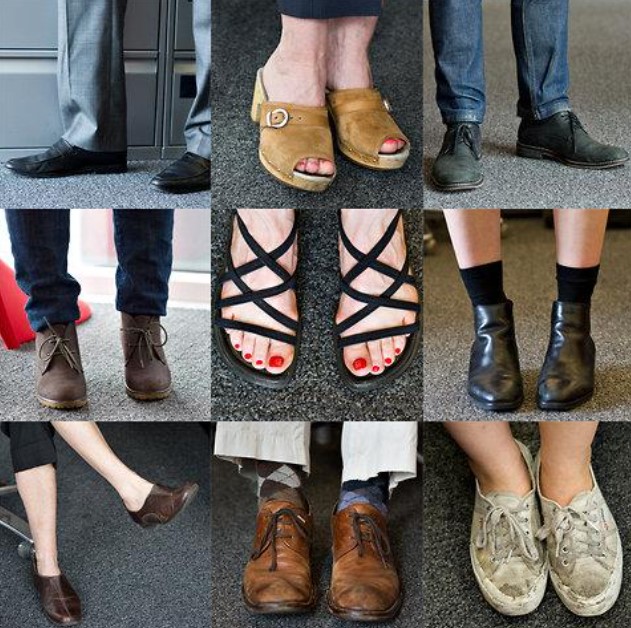
The practice of removing undesirable tattoos may be as old as the process of getting them. Although most medical professionals believe that laser therapy is the most successful and least invasive technique of tattoo removal, it is not the only option.
Before laser tattoo removal became widely accessible, tattoo removal treatments were restricted to the epidermis or the main skin layer. Procedures such as excision or dermabrasion were the sole options for dealing with this layer of skin. With the advent of the internet, many “tattoo removal creams” have emerged, promising tattoo removal miracles by putting their unregulated lotions straight to the skin. Before making any tattoo removal selections, ensure you are informed of all your options.
So, without further ado, here are some non-laser tattoo removal methods.
Microdermabrasion
Dermabrasion is the technique of removing the top layers of skin to eliminate pigment and affected skin and stimulate the growth of new skin. It can be done using sandpaper, caustic acids, or salt – a process known as salibrasion. Local anaesthesia is usually administered before the skin is abraded, and healing and feeling better might take several days. It is not suggested for tattoos on the face, tattoos that may have had ink injected into the subcutaneous fat (which occurs with non-professional tattoos), or older tattoos since the pigments may have migrated deeper into the skin and be more difficult to remove.
Problems with dermabrasion include:
- Scarring can be as severe. A raised or thicker scar may form three to six months following tattoo removal.
- It may be even more painful than the original tattoo.
- Skin darkening caused by injury at the removal site.
- Infection which can cause recovery to be delayed and increase your risk of scarring.
Surgical Excision
Excision removes a tattoo by cutting away a part of one’s skin using a scalpel. The wound is sutured once the region has been removed. This procedure is only indicated for minor tattoos and is performed by a surgeon. The advantage of this older method of removal is that it is quick but also has a high risk of scarring. For bigger tattoos, skin graphs may be required.
Cryosurgery
Cryosurgery, sometimes known as the “freezing” method of tattoo removal, involves applying liquid nitrogen to the tattooed region. Following the application of nitrogen, a particular light is utilised to cause skin peeling. This kind of tattoo removal is done gradually over the course of several medical appointments. Bleeding at the freeze site, scorching, oedema, and discomfort are all possible side effects. In addition, some people say they cannot grow new hair at the surgical location.
Tattoo Removal Creams
Tattoo removal creams are popular these days since they are easily accessible and affordable in comparison to other treatments. Most individuals dislike going to the doctor, so when they hear about tattoo removal creams, they tend to think, “What have I got to lose?”
These “magic lotions” are neither regulated nor authorised by the FDA for tattoo removal and are referred to as bleaching agents. In certain situations, these lotions have been found to bleach or brighten the tattooed region permanently. These creams can be used up to three times per day, every day for up to a year.
According to some studies, these lotions may contain a cancer-causing chemical called Hydroquinone. Other nations, like Japan, France, and England, have already banned all skin care products containing Hydroquinone in response to these new discoveries. So check the label or package of any tattoo removal lotion you use to ensure it does not include Hydroquinone.



